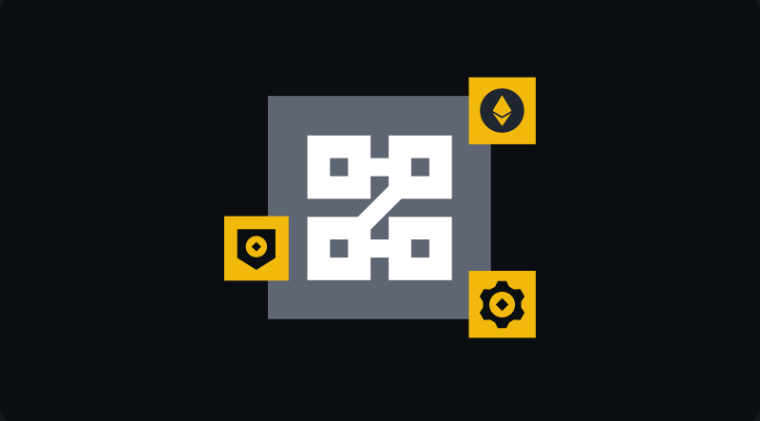
Key Points
Active Verification Service (AVS) employs real-time monitoring and automated testing to ensure smooth system operation, preventing issues from affecting system performance or users.
In the blockchain space, AVS enhances the security and performance of projects like EigenLayer. The EigenLayer project integrates continuous verification and incentive mechanisms for validators.
Introduction
Active Verification Service (AVS) represents a significant advancement in digital service management and maintenance. Though broad in scope, this concept encompasses a range of practices and technologies designed to ensure the continuous improvement of system functionality, security, and performance. This article explores the concept of AVS, how it operates, its applications in blockchain, and its role in the EigenLayer project.
What is Active Verification Service (AVS)?
Active Verification Service (AVS) refers to services that are continuously monitored and verified to ensure secure, efficient, and uninterrupted operation. Unlike traditional services that rely on periodic or passive verification, AVS is a proactive and ongoing process. This continuous verification helps identify and resolve issues early, preventing them from impacting users or system operations.
Key Features of AVS
-
Continuous Monitoring: AVS tracks system operations in real time, enabling early detection of anomalies and unexpected behavior.
-
Automated Verification: Automated tools and scripts regularly test and verify various aspects of the system to ensure compliance with predefined standards.
-
Proactive Issue Detection: By continuously verifying the system, AVS identifies potential problems before they escalate, allowing timely intervention.
-
Enhanced Security: Regular security checks and verification help detect vulnerabilities, ensuring up-to-date security measures and reducing risks.
-
Improved Reliability and Performance: Continuous verification ensures service reliability and optimal operation, meeting SLAs and user expectations.
-
Compliance and Auditing: AVS provides ongoing verification and documentation, facilitating adherence to industry regulations and standards.
-
User Trust: By demonstrating a commitment to continuous improvement and reliability, AVS boosts user confidence and satisfaction.
How AVS Works
AVS involves several key processes and technologies:
Real-Time Monitoring
The core of AVS, real-time monitoring tracks various metrics and performance indicators to ensure smooth system operation. Advanced tools monitor network traffic, user activity, resource utilization, and more.
Automated Testing
Automated testing is a critical component of AVS. Scripts and tools simulate different scenarios to evaluate system responses, ranging from basic functional tests to complex security penetration tests.
Anomaly Detection
Advanced algorithms and machine learning models detect deviations from normal system behavior, flagging potential issues for further investigation.
Incident Response
An effective incident response system is essential for addressing detected issues. Predefined protocols handle problems from minor performance degradation to critical security breaches, with automated systems sometimes resolving issues without human intervention.
Reporting and Compliance
Regular reporting and compliance checks are integral to AVS. Reports provide insights into system performance, security status, and resolved issues, while compliance checks ensure adherence to regulations.
AVS in Blockchain: Applications and Impact
Blockchain technology, known for its decentralization and data security, aligns naturally with AVS principles. While blockchain networks inherently rely on continuous verification (e.g., via Nakamoto consensus), AVS further enhances security, performance, and reliability.
Continuous Verification
Decentralized blockchain networks require nodes to validate transactions and blocks, ensuring ledger integrity and preventing double-spending.
Enhanced Security
Though inherently secure, blockchain networks benefit from AVS through continuous monitoring and automated threat detection (e.g., mitigating 51% attacks).
Improved Performance and Reliability
AVS helps identify and resolve performance bottlenecks, ensuring smooth network upgrades and minimizing risks.
Regulatory Compliance
As blockchain adoption grows in regulated industries (e.g., finance, healthcare), AVS provides ongoing compliance reviews and detailed reporting.
AVS in the EigenLayer Project
EigenLayer, built on Ethereum, exemplifies AVS by enabling participants to "re-stake" ETH to secure multiple services.
Re-Staking and Security
Validators lock ETH to provide security, leveraging Ethereum’s existing security layer.
Continuous Monitoring and Validation
EigenLayer monitors validators in real time, ensuring adherence to standards and detecting anomalies.
Validator Incentives
A reward-penalty system incentivizes validators to maintain high performance and security.
Proactive Issue Resolution
Advanced algorithms and automation enable early detection and resolution of issues.
Conclusion
AVS is a proactive approach to maintaining digital systems, ensuring efficiency, security, and compliance. Its adoption—demonstrated by projects like EigenLayer—highlights its potential to enhance decentralized networks in a rapidly evolving blockchain landscape.
















